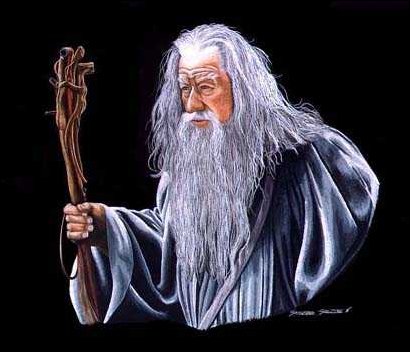Outstanding article exposing the US support of torture beginning almost immediately after 9/11. A must read article from the New Yorker. Read the whole thing, but some selections are below.
On September 17, 2001, President Bush signed a secret Presidential finding authorizing the C.I.A. to create paramilitary teams to hunt, capture, detain, or kill designated terrorists almost anywhere in the world. Yet the C.I.A. had virtually no trained interrogators. A former C.I.A. officer involved in fighting terrorism said that, at first, the agency was crippled by its lack of expertise. “It began right away, in Afghanistan, on the fly,” he recalled. “They invented the program of interrogation with people who had no understanding of Al Qaeda or the Arab world.” The former officer said that the pressure from the White House, in particular from Vice-President Dick Cheney, was intense: “They were pushing us: ‘Get information! Do not let us get hit again!’ ” In the scramble, he said, he searched the C.I.A.’s archives, to see what interrogation techniques had worked in the past. He was particularly impressed with the Phoenix Program, from the Vietnam War. Critics, including military historians, have described it as a program of state-sanctioned torture and murder. A Pentagon-contract study found that, between 1970 and 1971, ninety-seven per cent of the Vietcong targeted by the Phoenix Program were of negligible importance. But, after September 11th, some C.I.A. officials viewed the program as a useful model.
Lacking in-house specialists on interrogation, the agency hired a group of outside contractors, who implemented a regime of techniques that one well-informed former adviser to the American intelligence community described as “a ‘Clockwork Orange’ kind of approach.” The experts were retired military psychologists, and their backgrounds were in training Special Forces soldiers how to survive torture, should they ever be captured by enemy states. The program, known as SERE—an acronym for Survival, Evasion, Resistance, and Escape—was created at the end of the Korean War. It subjected trainees to simulated torture, including waterboarding (simulated drowning), sleep deprivation, isolation, exposure to temperature extremes, enclosure in tiny spaces, bombardment with agonizing sounds, and religious and sexual humiliation. The SERE program was designed strictly for defense against torture regimes, but the C.I.A.’s new team used its expertise to help interrogators inflict abuse. “They were very arrogant, and pro-torture,” a European official knowledgeable about the program said. “They sought to render the detainees vulnerable—to break down all of their senses. It takes a psychologist trained in this to understand these rupturing experiences.”
The use of psychologists was also considered a way for C.I.A. officials to skirt measures such as the Convention Against Torture. The former adviser to the intelligence community said, “Clearly, some senior people felt they needed a theory to justify what they were doing. You can’t just say, ‘We want to do what Egypt’s doing.’ When the lawyers asked what their basis was, they could say, ‘We have Ph.D.s who have these theories.’ ” He said that, inside the C.I.A., where a number of scientists work, there was strong internal opposition to the new techniques. “Behavioral scientists said, ‘Don’t even think about this!’ They thought officers could be prosecuted.”
A secret government document, dated December 10, 2002, detailing “SERE Interrogation Standard Operating Procedure,” outlines the advantages of stripping detainees. “In addition to degradation of the detainee, stripping can be used to demonstrate the omnipotence of the captor or to debilitate the detainee.” The document advises interrogators to “tear clothing from detainees by firmly pulling downward against buttoned buttons and seams. Tearing motions shall be downward to prevent pulling the detainee off balance.” The memo also advocates the “Shoulder Slap,” “Stomach Slap,” “Hooding,” “Manhandling,” “Walling,” and a variety of “Stress Positions,” including one called “Worship the Gods.”
Tuesday, August 07, 2007
Subscribe to:
Post Comments (Atom)


No comments:
Post a Comment